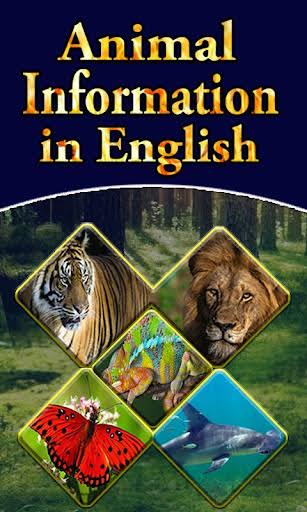 |
| Animal movie |
Animals
Temporal range: Cryogenian – present,
665–0 Ma
Pha.ProterozoicArcheanHad.
Scientific classificationEdit this classification
Domain:
Eukaryota
Clade:
Amorphea
Clade:
Obazoa
(unranked):
Opisthokonta
(unranked):
Holozoa
(unranked):
Filozoa
Kingdom:
Animalia
Linnaeus, 1758
Subdivisions
Bilateria (~30 phyla)
Cnidaria
Ctenophora
Placozoa
Porifera
Synonyms
Metazoa Haeckel 1874[1]
Choanoblastaea Nielsen 2008[2]
Gastrobionta Rothm. 1948[3]
Zooaea Barkley 1939[3]
Euanimalia Barkley 1939[3]
As of 2022, around 2.16 million living animal species have been described—of which around 1.05 million are insects, over 85,000 are molluscs, and around 65,000 are vertebrates. It has been estimated there are as many as 7.77 million animal species on Earth. Animals' body lengths range from 8.5 μm (0.00033 in) to 33.6 m (110 ft). They have complex ecologies and interactions with each other and their environments, forming intricate food webs. The scientific study of animals is known as zoology, and the study of animal behaviors is known as ethology.
Most living animal species belong to the infrakingdom Bilateria, a highly proliferative clade whose members have a bilaterally symmetric body plan. Extant bilaterians include the basal group Xenacoelomorpha, but the vast majority belong to two large superphyla: the protostomes, which include phyla such as arthropods, molluscs, flatworms, annelids and nematodes, etc.; and the deuterostomes, which include the three phyla echinoderms, hemichordates and chordates, the latter with the vertebrates being its most successful subphylum. Precambrian life forms interpreted as early complex animals were already present in the Ediacaran biota of the late Proterozoic, but fossils of primitive sponge and other speculative early animals have been dated to as early as the Tonian period. Nearly all modern animal phyla became clearly established in the fossil record as marine species during the Cambrian explosion, which began around 539 million years ago (Mya), and most classes during the Ordovician radiation 485.4 Mya. 6,331 groups of genes common to all living animals have been identified; these may have arisen from a single common ancestor that lived 650 Mya during the Cryogenian period.

0 Comments
[Please share your thoughts, feedback, or any inquiries you have regarding our website. We value your input and will respond promptly.]